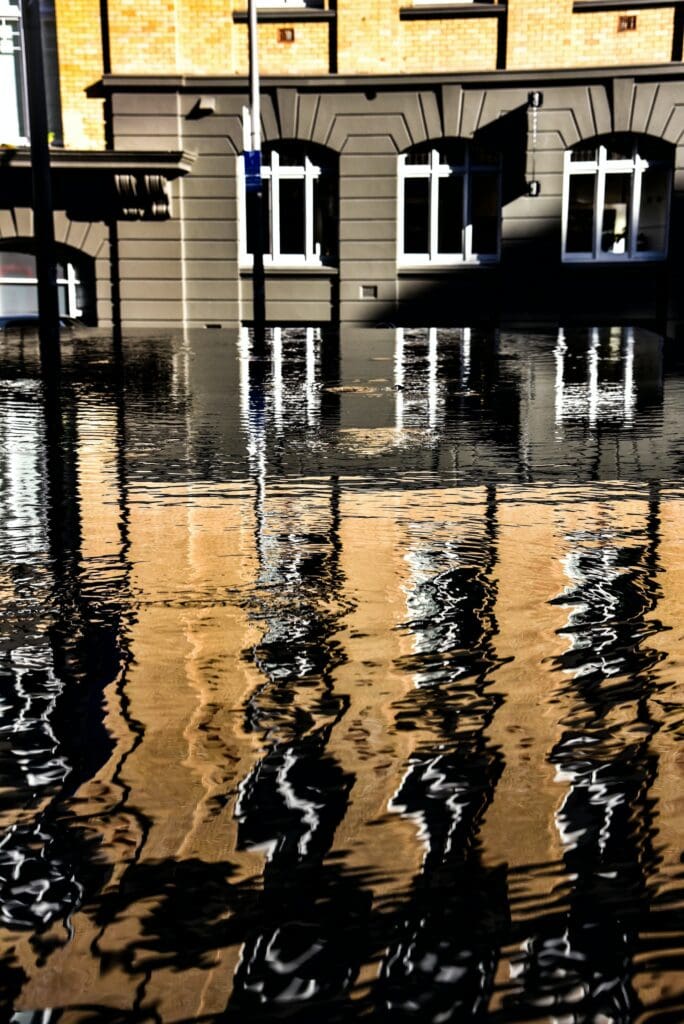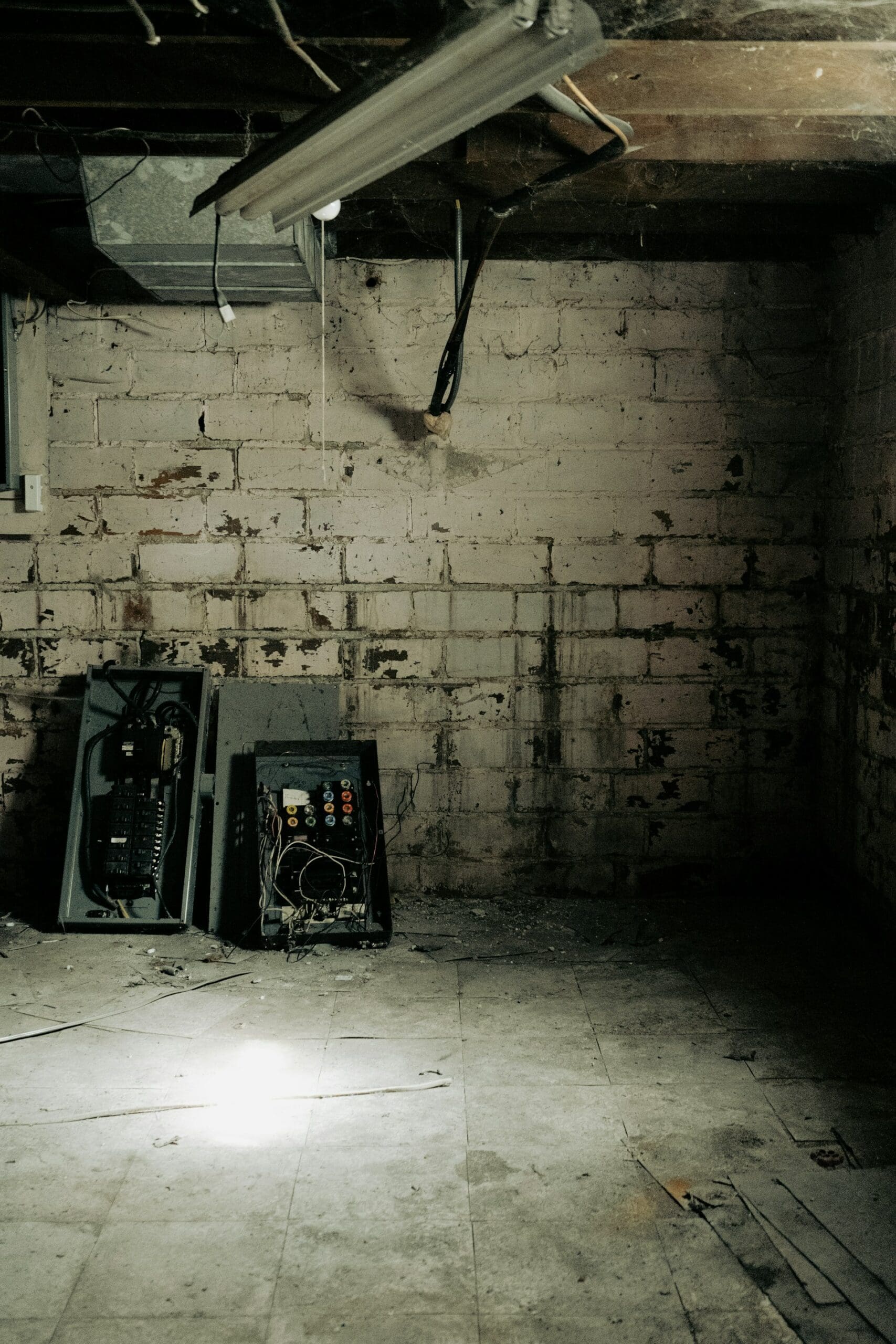Water damage is a common problem that affects many homeowners and business owners. It can be caused by a variety of factors, including flooding, leaks, burst pipes, and high humidity levels. Understanding the different types of water damage and how to address them can help property owners minimize the damage and prevent long-term problems.
The 3 Types of Water Damage
Clean Water Damage
Clean water damage is the least severe type of water damage. It occurs when clean water from a source such as a broken pipe or a leaky faucet floods an area. Although clean water damage may not pose an immediate health risk, it can lead to mold growth if not addressed promptly.
Grey Water Damage
Grey water damage is caused by water that has been contaminated with dirt, bacteria, and other pollutants. This type of water damage is typically caused by a malfunctioning appliance or a broken toilet. Grey water damage can pose a health risk and should be addressed immediately.
Black Water Damage
Black water damage is the most severe type of water damage. It is caused by water that has been contaminated with sewage, chemicals, or other hazardous materials. Black water damage can pose a serious health risk and should be handled by a professional restoration company.
How to Address Water Damage
The first step in addressing water damage is to identify the source of the problem and stop the water flow. This may involve turning off the main water supply, fixing a broken pipe, or repairing a leaky appliance. Once the source of the problem has been addressed, the next step is to remove the water and dry the affected area.
Clean Water Damage
If the water damage is caused by clean water, the affected area can typically be dried using fans and dehumidifiers. In some cases, it may be necessary to remove damaged materials such as carpet or drywall.
Grey Water Damage
Grey water damage requires more extensive cleaning and disinfecting than clean water damage. The affected area should be thoroughly cleaned and disinfected using specialized equipment and cleaning products. It may also be necessary to remove damaged materials such as carpet or drywall.
Black Water Damage
Black water damage requires professional cleaning and restoration services. The affected area should be thoroughly cleaned and disinfected using specialized equipment and cleaning products. It may also be necessary to remove damaged materials such as carpet or drywall.
Prevention
Preventing water damage is often easier and less expensive than addressing water damage after it has occurred. Here are some tips for preventing water damage:
- Regularly inspect appliances such as washing machines, dishwashers, and refrigerators for signs of leaks or malfunctions.
- Have your plumbing system inspected and maintained regularly by a professional plumber.
- Keep gutters and downspouts clean and free of debris to prevent water damage from rainwater.
- Install a sump pump to prevent basement flooding.
- Maintain proper humidity levels in your home or business to prevent water damage from condensation.
In conclusion, water damage is a serious problem that can cause significant damage to your property and pose a health risk. Understanding the different types of water damage and how to address them can help you minimize the damage and prevent long-term problems. If you experience water damage, it is important to address it promptly and seek professional help if necessary. By taking preventive measures, you can minimize the risk of water damage and protect your property.




